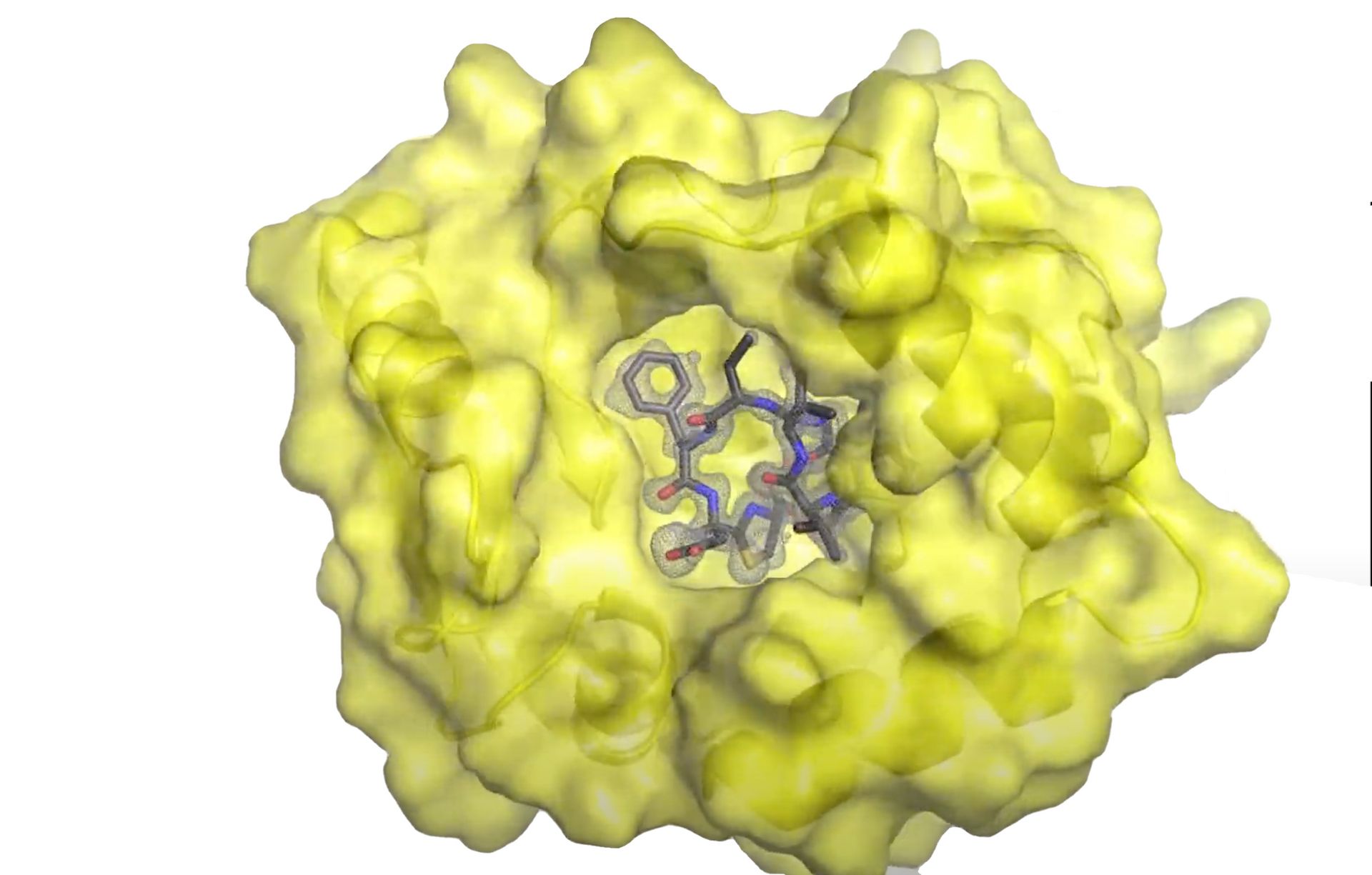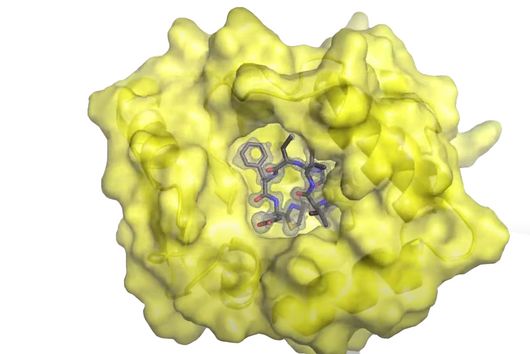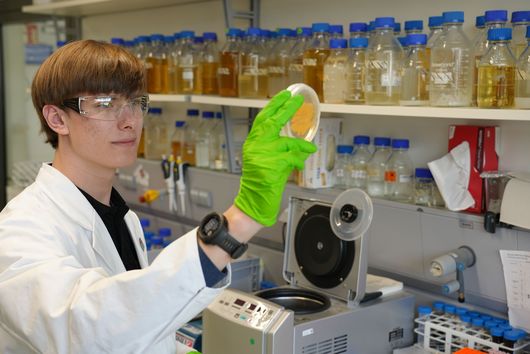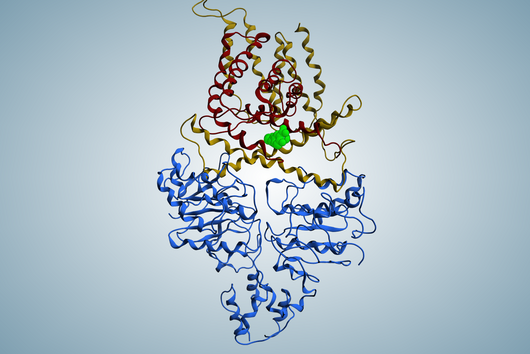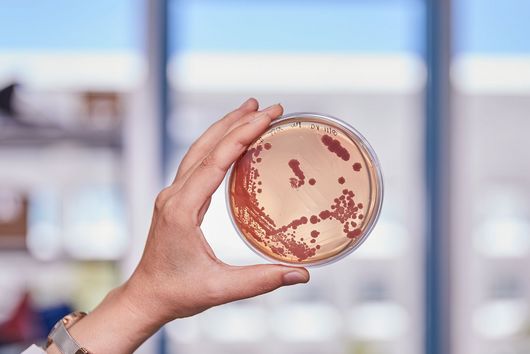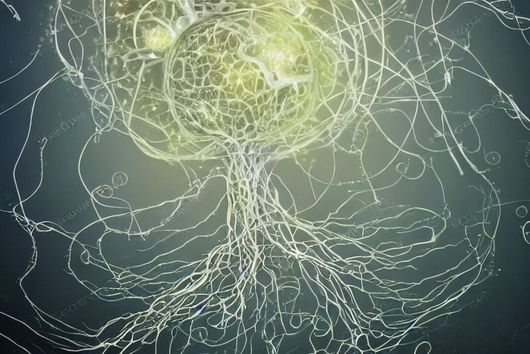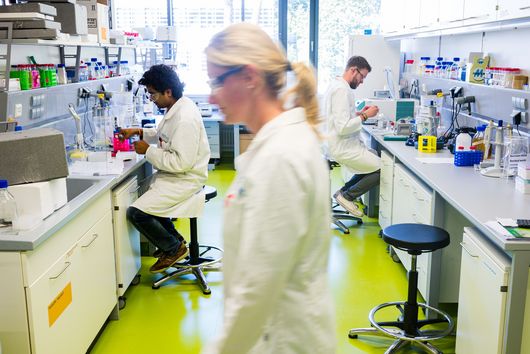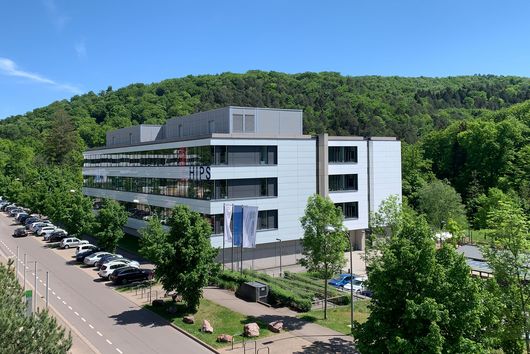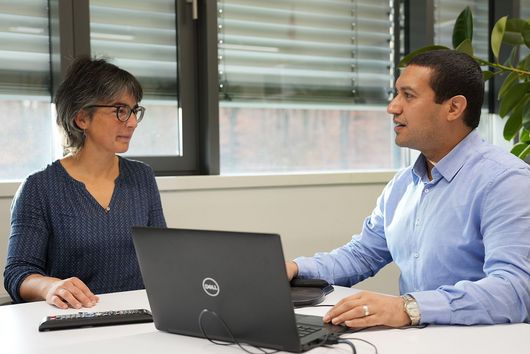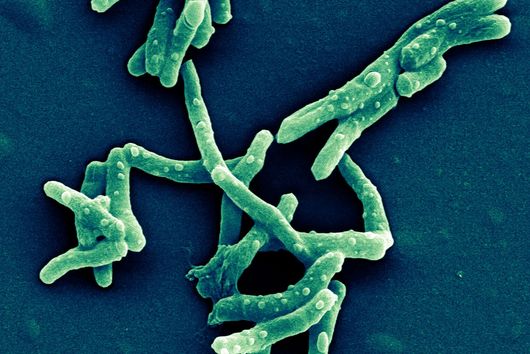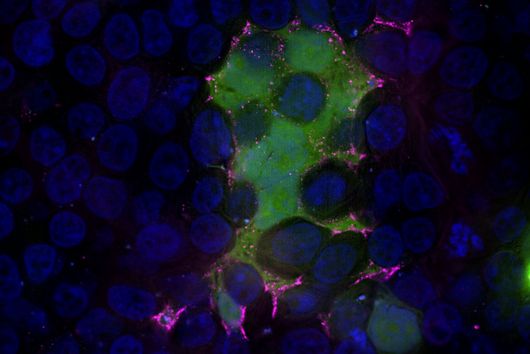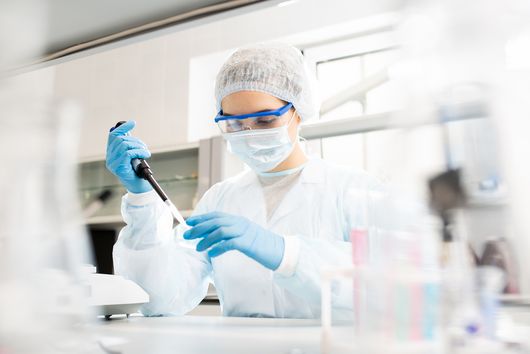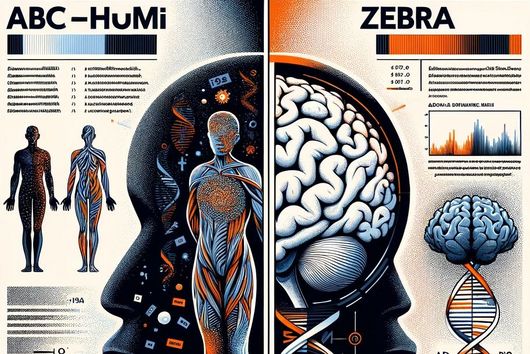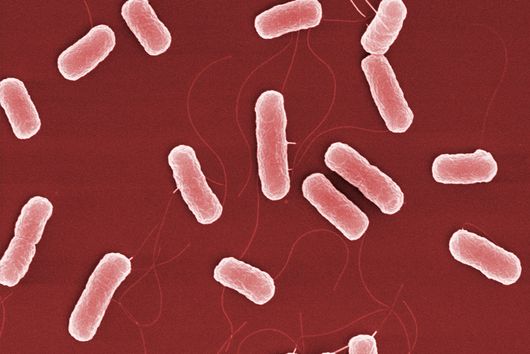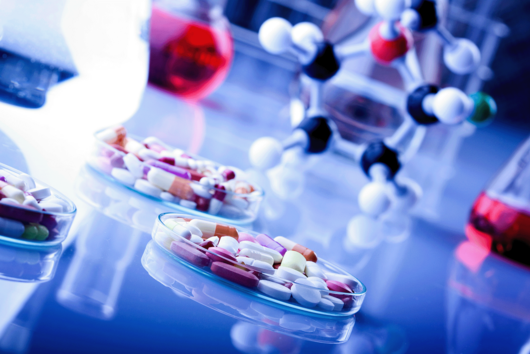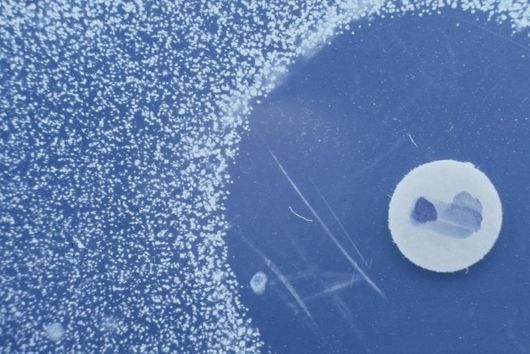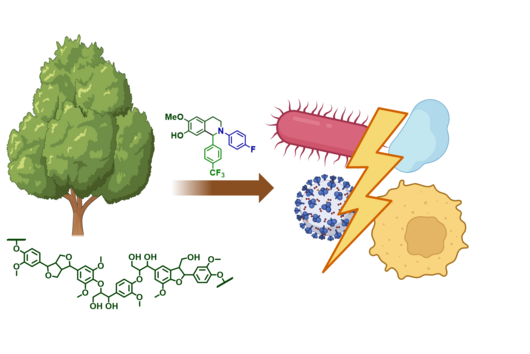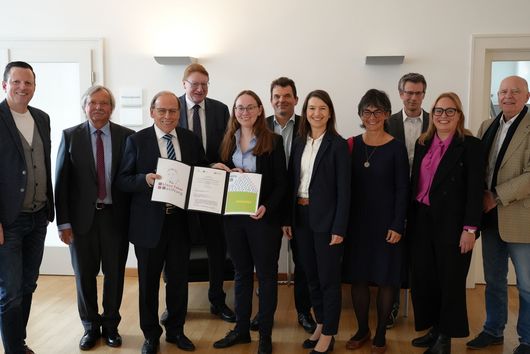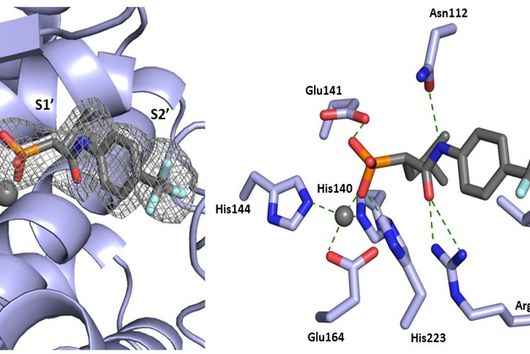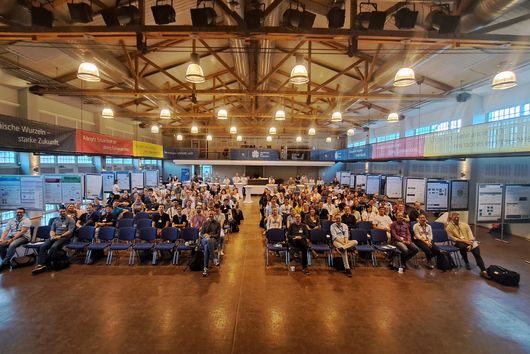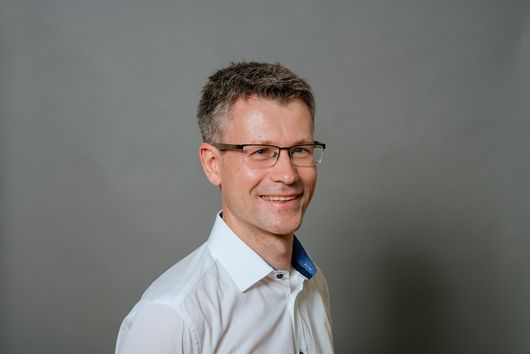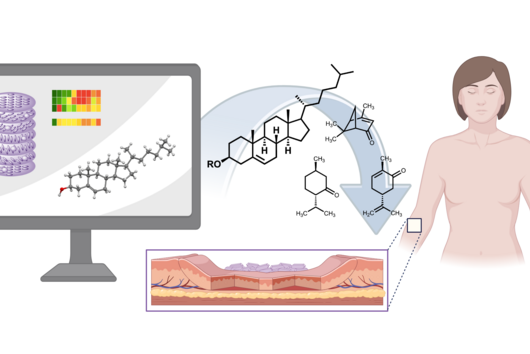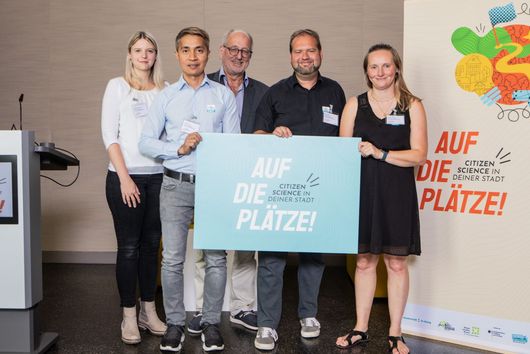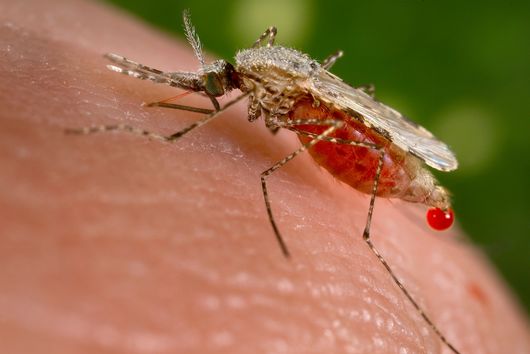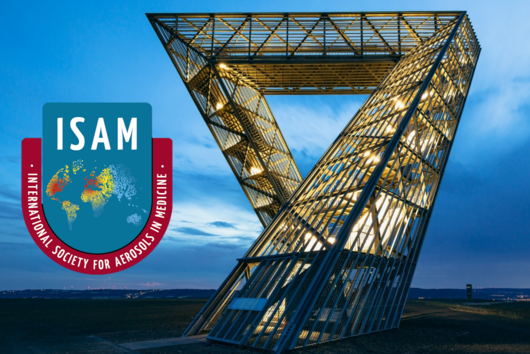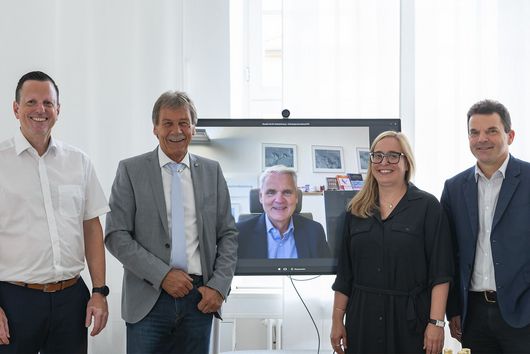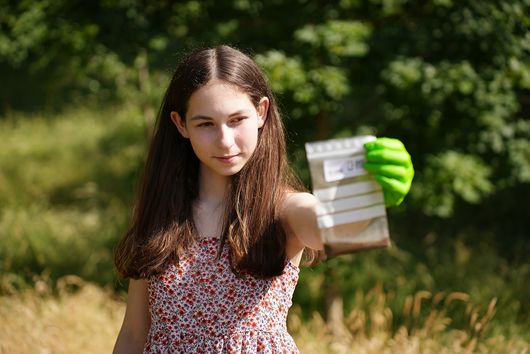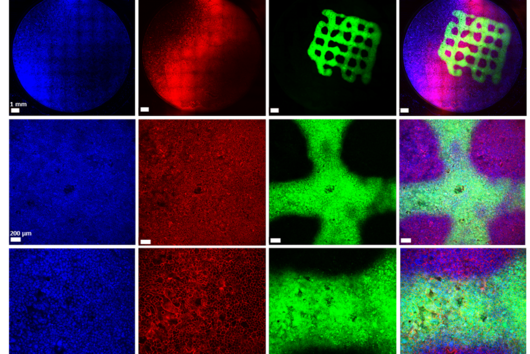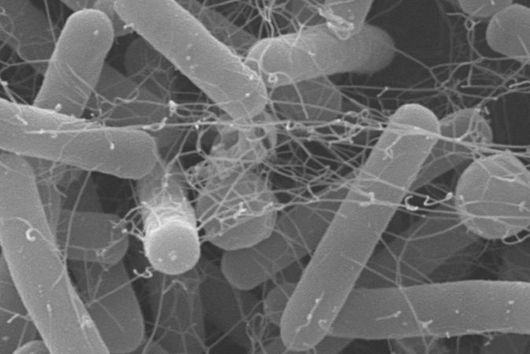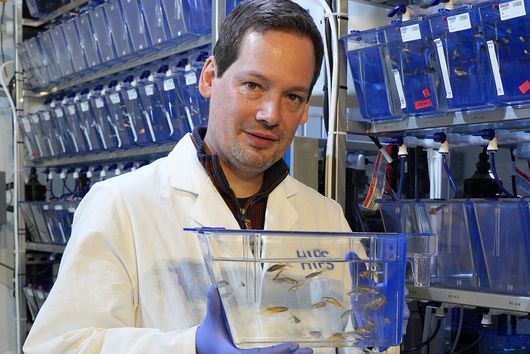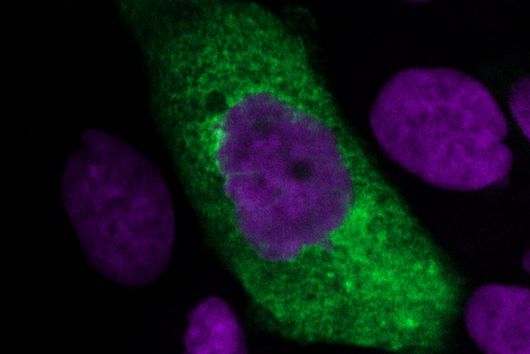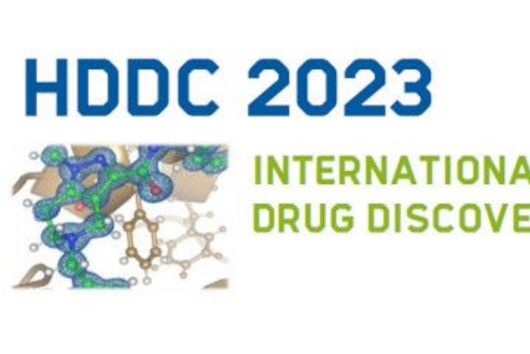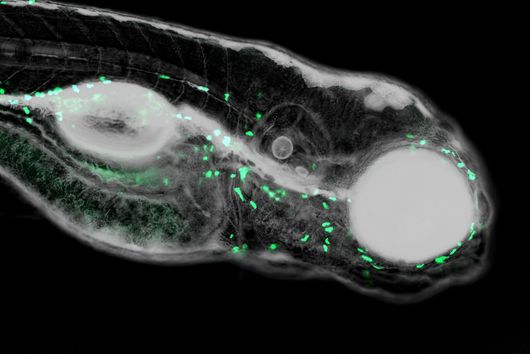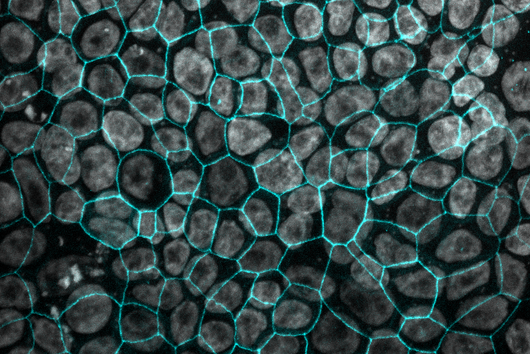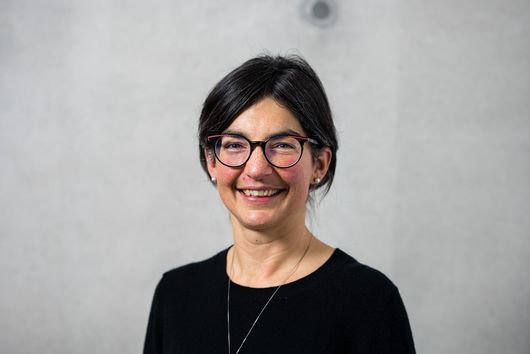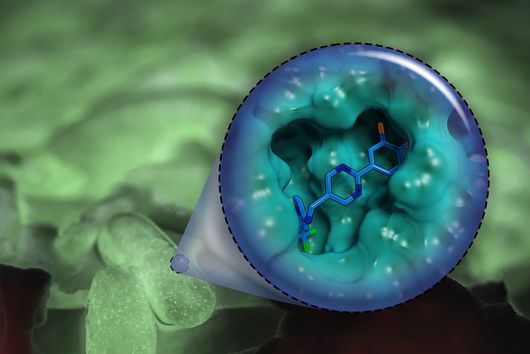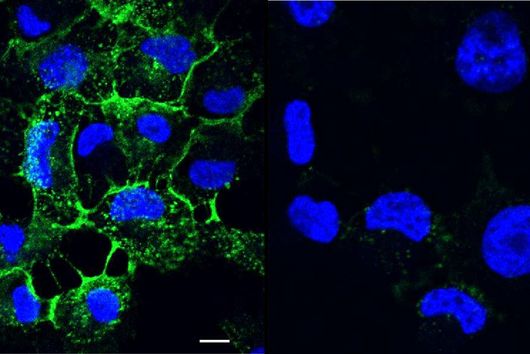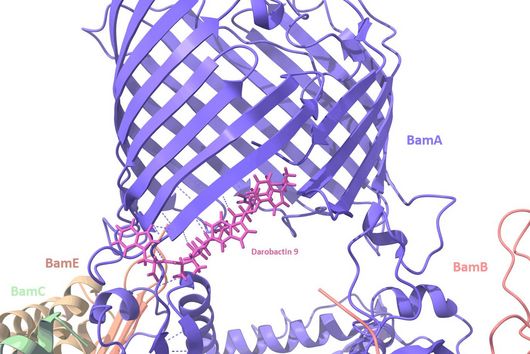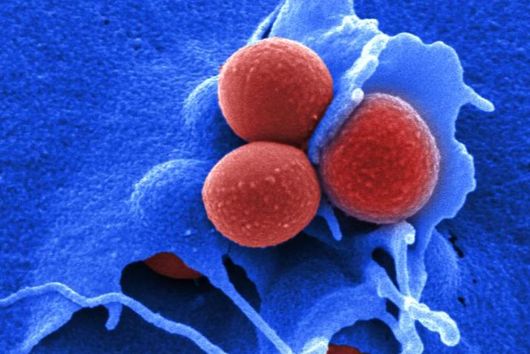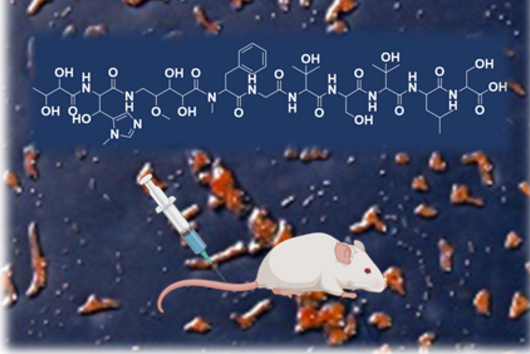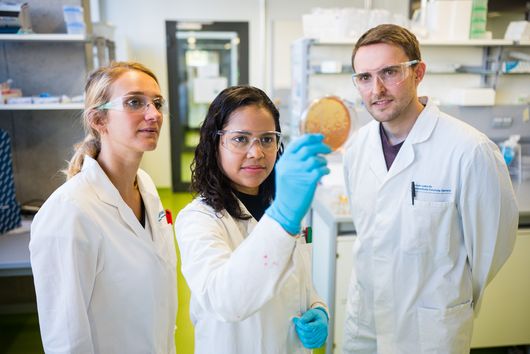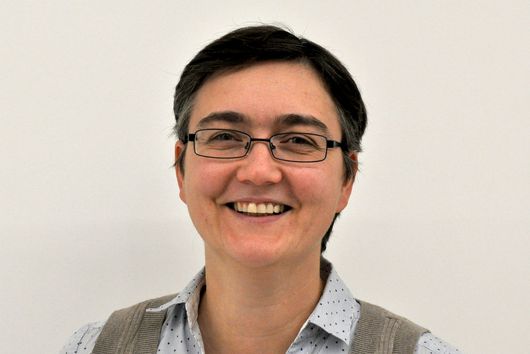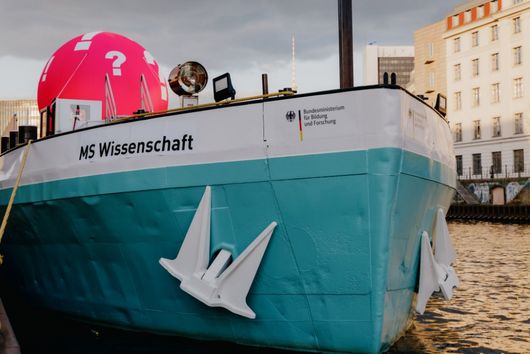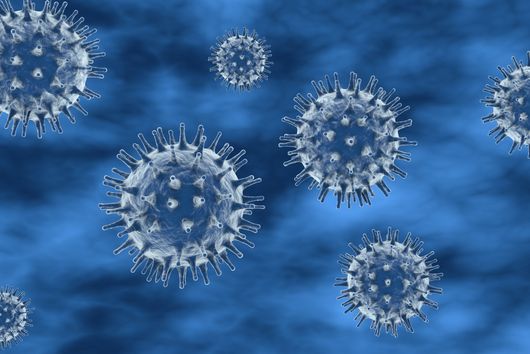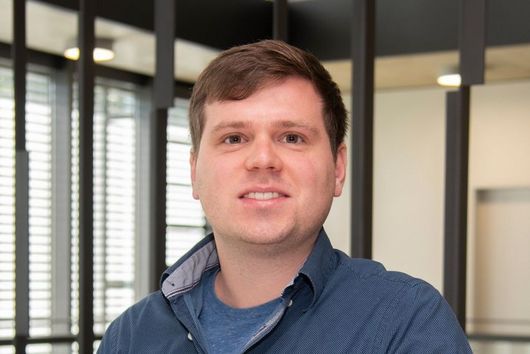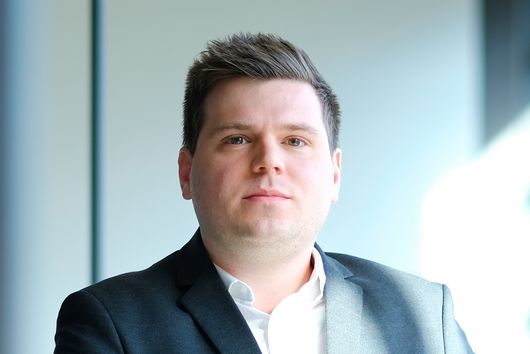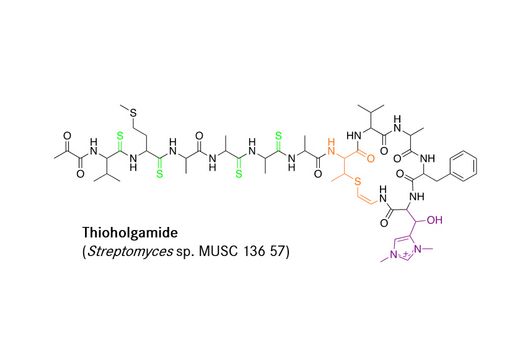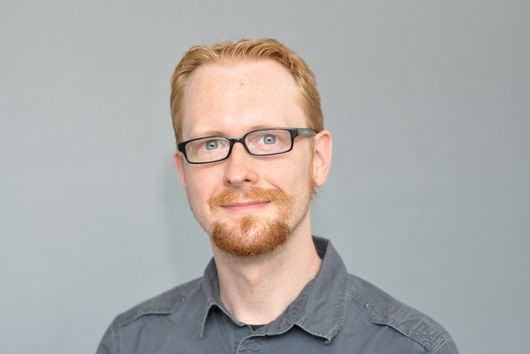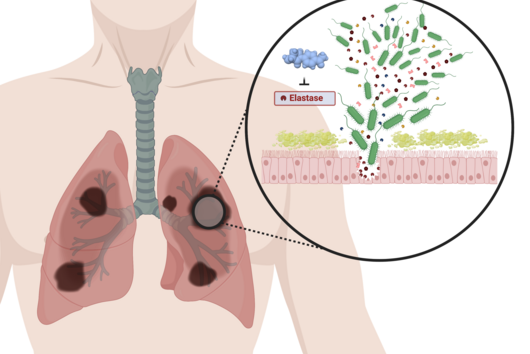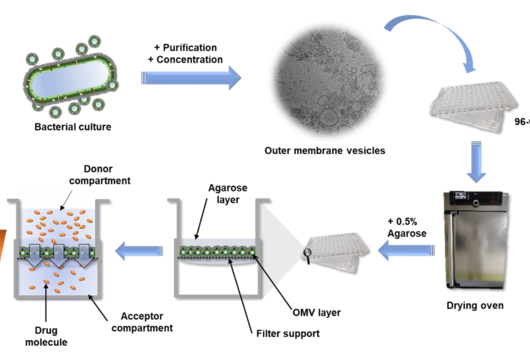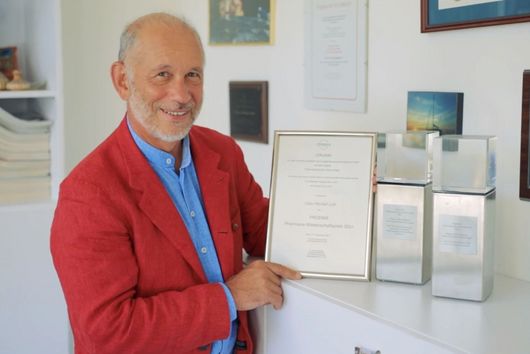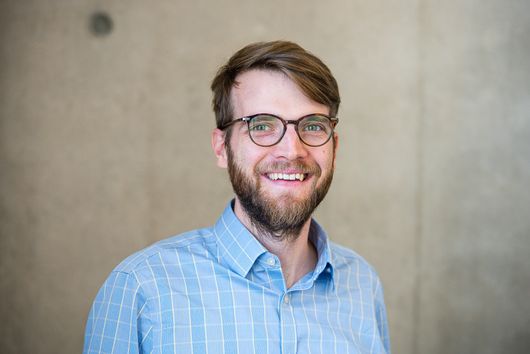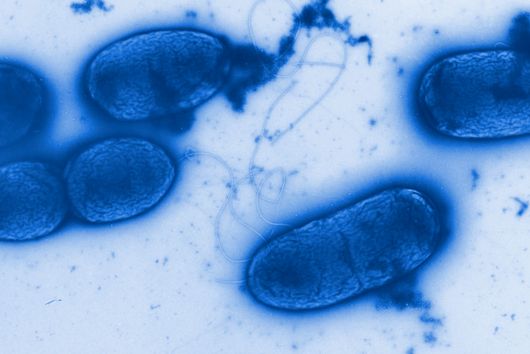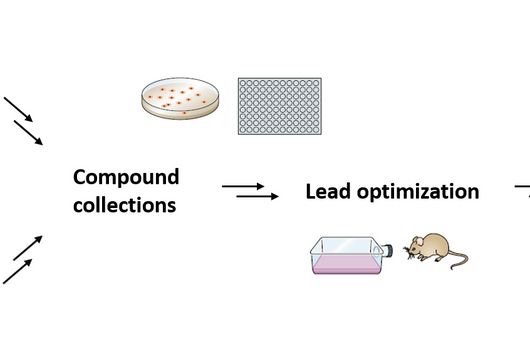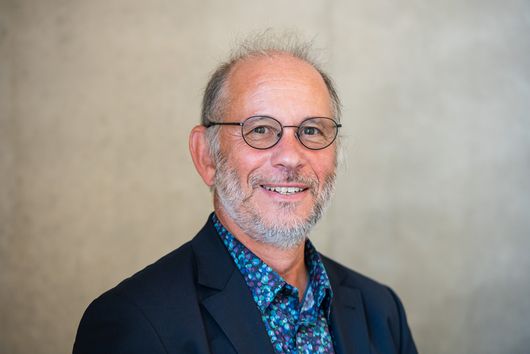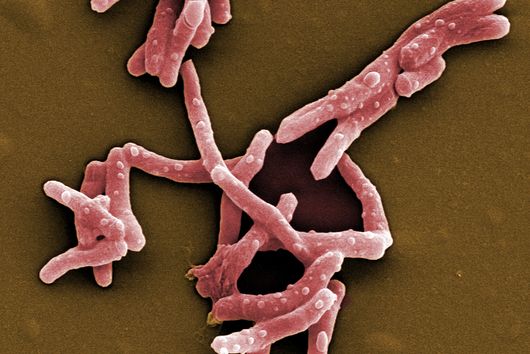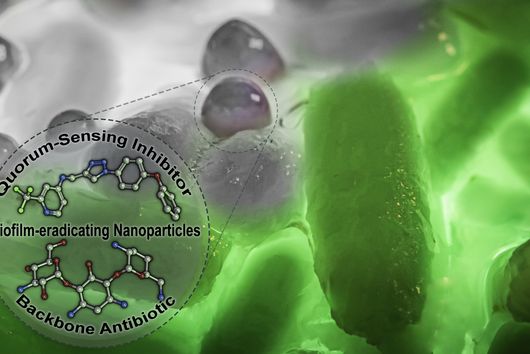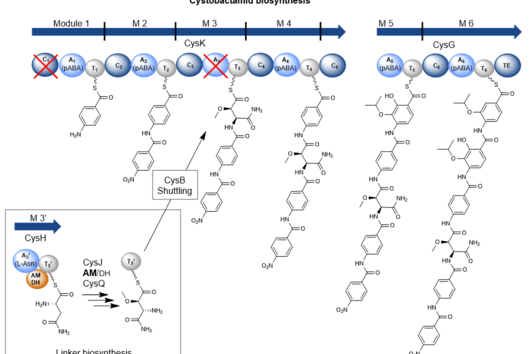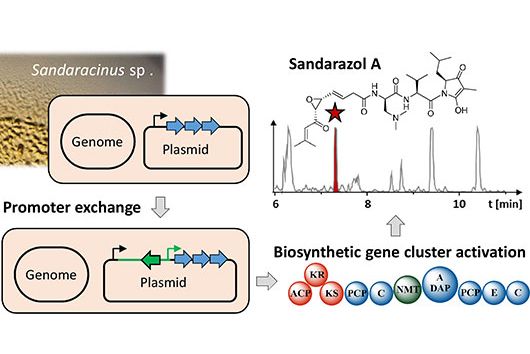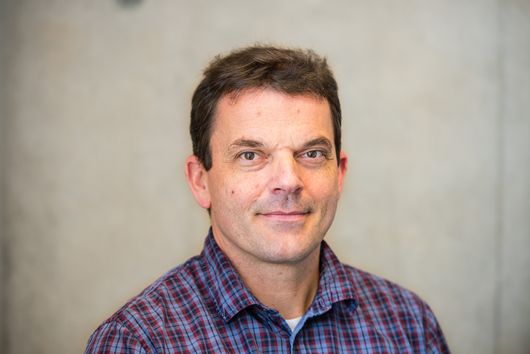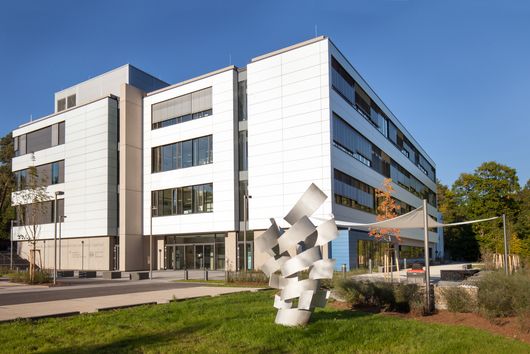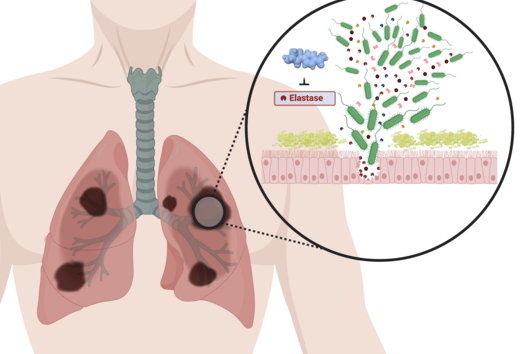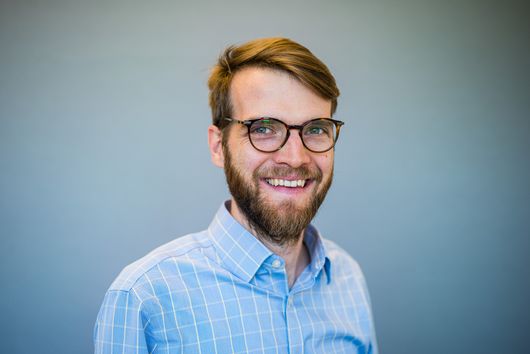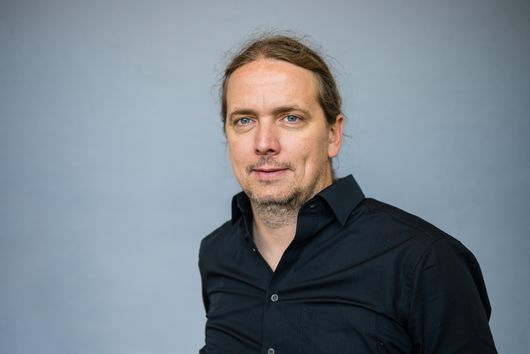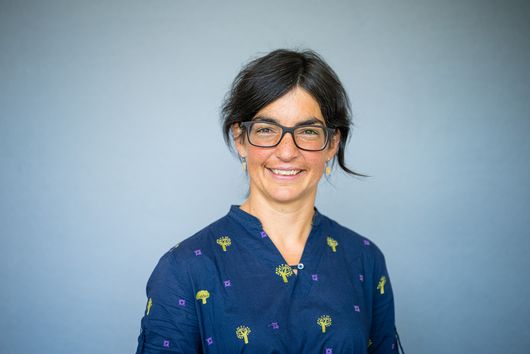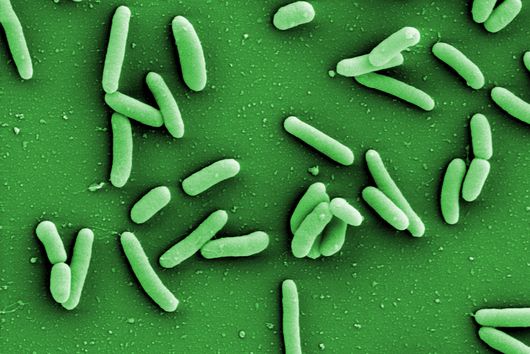Saarbrücken, 29 June 2020 - Jun Prof Jesko Köhnke heads the junior research group “Structural Biology of Biosynthetic Enzymes” at the Helmholtz Institute for Pharmaceutical Research Saarland (HIPS), a site of the Helmholtz Centre for Infection Research (HZI). Together with his team of three, he researches the biosynthesis of natural products. His current research on an antibiotically active natural product called bottromycin has led to the discovery of a new enzyme group. He tells us in our interview what makes it so special and what this has to do with oranges and lemons. The results of the research have been published in the scientific journal Nature Chemical Biology.
Professor Köhnke, you have discovered a new group of enzymes – does that happen to you often?
Köhnke: (laughs) Yes and no! Our research group “Structural Biology of Biosynthetic Enzymes” is always looking for new compounds and reactions. In the course of this, we also encounter new and previously unknown things – after all, this is our fundamental research goal. But to find something as unusual as what we report in our current study was serendipitous!
How did you make this discovery?
Köhnke: We have been working on the biosynthesis of bottromycin for the past five years. It is a natural product with an antibiotic effect that is produced by the soil bacterium Streptomyces bottropensis to defend against other microorganisms. It is effective against a range of bacteria, including multi-resistant strains of enterococcus or methicillin-resistant Staphylococcus aureus (MRSA). That makes bottromycin an interesting prospect for potential medical applications. However, this requires an understanding of how it is synthesised naturally in the bacteria and which enzymes are involved. We already understood several steps in the biosynthesis, but one of the last ones remained enigmatic.
Why is that? What was unusual?
Köhnke: A protein component, an amino acid called aspartic acid, was not present in the bottromycin molecule in its usual form, but rather in its mirror image. In principle, many chemical compounds can appear as either an image or a mirror image – similar to a right hand and left hand. However, all amino acids initially occur almost exclusively in the left-handed form due to their production process in the cell. Right-handed amino acids are only rarely found in organisms. Spontaneous transformation of the aspartic acid within the bottromycin precursor molecule is possible, but we thought it was unlikely. Instead, we suspected it was probably the work of an enzyme...
...and you were right.
Köhnke: Yes, together with our collaboration partners we were able to show that the bottromycin-epimerase (BotH) was responsible. It is part of the huge alpha/beta hydrolase superfamily, which, as the name implies, are usually responsible for cleavage processes and are important in many parts of the metabolism. Some of them can trigger very unique reactions. However, an epimerase, i.e. an enzyme that can transform a compound into its mirror image, was previously not known to be among them. That makes BotH the first known alpha/beta hydrolase of this type and the first member of a new enzyme group.
Creating its mirror image out of an amino acid – how does BotH do this?
Köhnke: By any means necessary! (laughs) Yes, you could actually say that. Using methods of crystallography, we were able to make a part of the reaction visible: BotH binds to the precursor molecule of bottromycin, where aspartic acid is still present in its natural left-handed form. The binding process itself is important, because BotH is anything but squeamish: It acts like a kind of vice. The aspartic acid is pressed, turned and bent in such a way that eventually a bond breaks and forms again at another location. This is how the mirror image version of aspartic acid is formed in the bottromycin molecule.
Why does this happen – does the mirror image have properties that are more beneficial?
Köhnke: In general, the mirror image of a molecule can have profoundly different characteristics compared to the original. For example, the fragrance compound of lemons is the mirror image of the fragrance of oranges. Another example is thalidomide. This is the active ingredient of Contergan, a drug that sadly gained notoriety in the early 1960s. A variant of the molecule works as a sleeping aid, as intended. But unfortunately its mirror image was also contained in Contergan and caused serious damage to unborn babies. As for the antibiotic effect of bottromycin: There is no difference between the natural substance and a chemically produced variant in which the aspartic acid is not mirrored. We still do not know why the change from left-handed to right-handed takes place, whether the change is beneficial and if so, what the advantages are. But one thing is clear: The microorganisms can synthesise only one variant.
Enzymes are the focus of your research. What fascinates you about these key elements of the metabolism?
Köhnke: Microorganisms are capable of creating highly complex compounds that are often incredibly difficult to reproduce in the chemistry lab. Their secret formula is an arsenal of enzymes that do the right thing in the right place at the right time and – abracadabra! – an antibiotic agent such as bottromycin is created that gives the bacterium a real advantage in surviving against its enemies and competitors for food. Deciphering this magic spell is what motivates me every day. If we understand the interplay of enzymes and know which enzyme is involved in which part of the construction process, we can become the conductors and use enzymes to reproduce potential active ingredients in the laboratory, optimising them for possible medical applications.
COLLABORATIVE PARTNERS IN THE STUDY:
Prof Olga Kalinina, head of the research group “Substance Bioinformatics” at the HIPS and Professor at the Faculty of Medicine at the Saarland University
Prof Andriy Luzhetskyy, head of the research group “Actinobacteria Metabolic Engineering” at the HIPS and Professor of Pharmaceutical Biotechnology at the Saarland University
Dr Andrew Truman, head of the research group “Molecules from Nature” at the John Innes Centre, Norwich, UK
ORIGINAL PUBLICATION:
Asfandyar Sikandar, Laura Franz, Sebastian Adam, Javier Santos-Aberturas, Liliya Horbal, Andriy Luzhetskyy, Andrew W. Truman, Olga V. Kalinina and Jesko Koehnke: The bottromycin epimerase BotH defines a group of atypical α/β-hydrolase-fold enzymes. Nature Chemical Biology 2020, doi: 10.1038/s41589-020-0569-y
Nicole Silbermann conducted the interview

